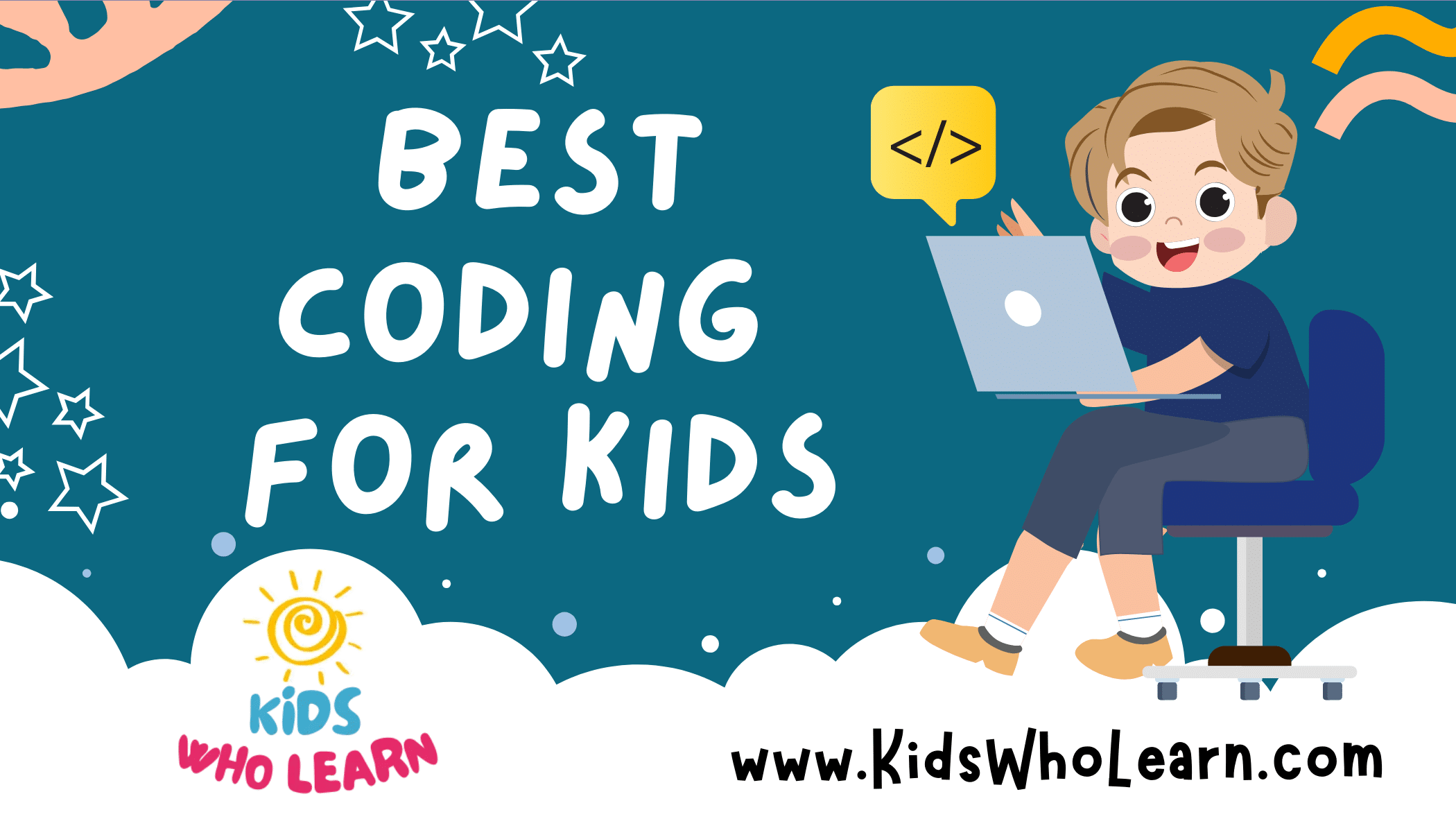Choosing the right chicken breeds for children involves more than just picking the fluffiest or the most colorful hens from a lineup. It’s about finding gentle, low-maintenance birds that can not only tolerate the boisterous energy of kids but can actively engage with them. For families embarking on the journey of raising poultry, selecting chickens that are known for their docile nature and ease of care can provide a rewarding experience for both the children involved and their parents.
Raising chickens can be an educational adventure, teaching kids responsibility and giving them firsthand experience in caring for animals. These feathered friends offer lessons in biology, agriculture, and empathy. Beyond the educational value, chickens can also be a source of amusement and companionship. Watching chickens peck around the yard and interact with each other can provide endless entertainment for curious young minds.
Key Takeaways
- Gentle and low-maintenance chicken breeds are best suited for children.
- Chickens can teach kids responsibility and provide educational value.
- Safe interactions between kids and chickens require choosing the right breed and proper supervision.
Advantages of Raising Chickens for Kids
When you introduce chickens into your backyard, you provide your kids with a unique opportunity to learn and grow. Responsibility is one of the key advantages, as children learn to care for another life by feeding, watering, and ensuring the well-being of their chickens.
Chickens also promote outdoor activity, encouraging your kids to spend more time outside as they engage in daily chicken care routines. This not only increases physical activity but also enhances their connection with nature.
Interacting with chickens can be a soothing experience, offering emotional benefits such as reduced stress and increased empathy. This gentle interaction can be particularly beneficial for kids, fostering a calm environment for them to thrive in.
Below is a brief overview of the advantages:
| Advantage | Description |
|---|---|
| Responsibility | Kids learn to care for the chickens, developing accountability and routine. |
| Outdoor Activity | Daily care involves spending time outside, promoting physical health. |
| Nature Connection | Close contact with chickens strengthens a child’s bond with the natural world. |
| Emotional Well-being | Interacting with chickens can reduce stress and build empathy. |
Raising chickens can provide educational benefits as well. Children learn where food comes from as they collect eggs and possibly even participate in the process of growing chicken feed.
Finally, raising chickens can be a bonding experience for the family, as everyone can take part in caring for the chickens, building a coop, and keeping the yard suitable for these feathered friends.
Selecting the Right Breed
When selecting the right breed of chickens for families with kids, focus on temperament and the inherent characteristics of the breed to ensure a good match.
Considerations for Choosing Chicken Breeds
Your primary considerations should revolve around the breed’s demeanor. Look for breeds known for their docility, friendliness, and low maintenance. It’s important to choose chickens that can handle frequent interaction and are less likely to peck or display aggressive behavior. Additionally, consider the size of the chicken; smaller breeds can be less intimidating for children. Lastly, assess the environment you can provide, as some breeds require more space or specific climate conditions to thrive.
Top Friendly Chicken Breeds for Kids
Silkie
- Temperament: Gentle, friendly
- Size: Small
- Notes: Silkie chickens are known for their affectionate nature and fluffy appearance, making them especially appealing to kids.
Buff Orpington
- Temperament: Docile, calm
- Size: Large
- Notes: This breed is great for kids due to its laid-back personality and tolerance to being handled.
Plymouth Rock
- Temperament: Easy-going, friendly
- Size: Medium to large
- Notes: Plymouth Rocks are sturdy, often seeking attention and interaction, making them ideal companions for young ones.
Cochin
- Temperament: Quiet, personable
- Size: Large
- Notes: Cochin chickens are notable for their fluffiness and their willingness to be petted, suitable for families with children.
Brahma
- Temperament: Sweet, mild-mannered
- Size: Large
- Notes: These are big birds but gentle giants, often enjoying human company, which is perfect for children who want to engage closely with their feathered friends.
When choosing chickens for your kids, prioritize breeds with a track record of being friendly and approachable. This ensures a positive experience for the child and a harmonious environment for the chickens.
Chicken Care and Maintenance
Caring for chickens requires a blend of proper housing, nutrition, health care, and daily interaction. Your attention to these factors ensures your chickens’ well-being and promotes a positive experience for the children involved.
Housing Requirements
Coop Size: Ensure your chicken coop provides at least 3-4 square feet per chicken inside the coop and 10 square feet in an outdoor run.
Safety: Protect your chickens from predators by securely closing all windows and doors at night and by using hardware cloth for ventilation spaces.
Feeding and Nutrition
Daily Diet: Chickens need a balanced diet of commercial poultry feed, which contains the right mix of protein, carbohydrates, vitamins, and minerals.
Supplements: Provide crushed oyster shell for extra calcium and grit to help with digestion if they do not have access to natural pecking grounds.
Health and Veterinary Care
Check-ups: Schedule regular veterinary check-ups to monitor for common poultry diseases and parasites.
Symptoms: Watch for changes in behavior or physical appearance that might indicate illness, such as lethargy, abnormal droppings, or feathers loss.
Daily Interaction and Handling
Socialization: Encourage gentle handling and petting of the chickens, as this can foster trust and affection between the child and the pet.
Routine: Establish a daily routine for care tasks to create a structured environment for your chickens and teach children responsibility.
Understanding Chicken Behavior
Before introducing chickens to children, it’s essential to recognize how a chicken’s temperament and their social dynamics can impact their interactions with humans.
Temperament and Personality
Chickens display a range of temperaments, from bold to shy. For instance, Silkies are known for their calm demeanor, making them ideal for interaction with children. Another friendly breed is the Buff Orpington, which often shows a sociable and gentle personality. On the contrary, roosters typically have more assertive personalities and can sometimes be protective of their flock.
Social Structure and Pecking Order
- Top of the Hierarchy: Usually occupied by older, more assertive birds, potentially including roosters.
- Middle Tier: Birds here tend to be less aggressive and often follow the cues of higher-ranking chickens.
- Bottom Rung: Younger or more submissive birds, which can include the friendlier breeds that are suitable for children.
The pecking order dictates daily interactions and access to resources within the flock. Understanding this hierarchy is crucial as it influences the flock’s harmony and can impact how the chickens will interact with you and your children.
Educational Benefits for Children
Integrating chickens into your children’s lives can provide invaluable lessons in responsibility and biology through practical experience.
Learning Responsibility through Chicken Care
Raising chickens teaches your children the importance of daily commitments. When your kids are tasked with feeding the chickens, ensuring they have fresh water, and maintaining the cleanliness of the coop, they learn what it means to be responsible for the well-being of another living creature. It’s a tangible way to understand the consequences of actions—or the lack thereof—on the health and happiness of their feathered friends.
- Daily Tasks: Feeding, providing clean water, collecting eggs.
- Weekly Tasks: Cleaning the coop, checking for pests.
The Science of Egg Laying
Understanding the process of egg laying offers a direct look into avian biology. You can guide your children through the fascinating journey from ovulation to the egg appearing in the nest box. Including the observation of egg production, your kids can discover different egg colors which vary by breed and can include white, brown, or even colored eggs.
Key Aspects of Egg Production:
| Stage | Description |
|---|---|
| Ovulation | The release of the yolk from the hen’s ovary. |
| Albumen Formation | The addition of egg white layers around the yolk. |
| Shell Development | The creation of the shell during the last stage. |
| Laying | The egg is laid approximately 24-26 hours after ovulation. |
By engaging with the lifecycle of egg production, children gain insight into not just where their food comes from, but also the intricate biological processes that make it all possible.
Safety Considerations
When integrating chickens into your family, it’s crucial to prioritize safety to ensure a healthy environment for both kids and chickens. Educate your children on proper handling and awareness of the chickens’ behavior.
Safe Handling and Hygiene
- Before and After Contact: It’s essential that you teach your children to wash their hands thoroughly with soap and water both before and after petting chickens to prevent the spread of germs.
- Supervision is Key: Always supervise young children to make sure they handle the chickens gently and that they don’t put their hands near their faces after touching the birds.
Interactions Between Children and Chickens
- Respectful Touch: Instruct your children on how to pet chickens gently, using calm and slow movements to avoid startling or harming the birds.
- Recognizing Signs: Help your children understand the signs of a chicken that does not want to be touched, such as walking away or flapping wings, and teach them to respect the animals’ space.
Frequently Asked Questions
When choosing chickens for kids, select breeds known for their calm demeanor and low maintenance to ensure a safe and educational experience for young handlers.
What are the friendliest chicken breeds suitable for children?
Silkies and Cochins are particularly friendly and comfortable with being handled, making them ideal choices for children. These breeds are known for their docile nature and fluffiness, which tend to appeal to kids.
Which chicken breeds are known for being the best pets for kids?
The Orpington and Plymouth Rock chickens are excellent for kids due to their placid personality and tolerance to frequent interaction. These breeds enjoy affection and are known for their friendly relationship with humans.
What are the top chicken breeds recommended for beginners, especially for families with kids?
Families starting out with chickens should consider breeds such as Sussex, Australorps, and Wyandottes for their hardiness, ease of care, and friendly temperaments, which are perfect for engaging with children.
What characteristics make a chicken breed ideal for young handlers?
Ideal chicken breeds for young handlers are those that exhibit calm, docile behavior, and have a tolerance for handling. A predictable temperament and low flight risk are key characteristics to look for.
Are there specific egg-laying chicken breeds that are also gentle and safe for kids?
Yes, the Brahmas and Buff Orpingtons are not only prolific egg-layers but also gentle and well-suited for interaction with children. These breeds are known for their motherly nature, which extends to gentle behavior around humans.
How does owning chickens benefit children?
Owning chickens provides children with opportunities to learn about responsibility and caring for animals. It also offers educational insights into life cycles and where food comes from, all while nurturing empathy and compassion.









